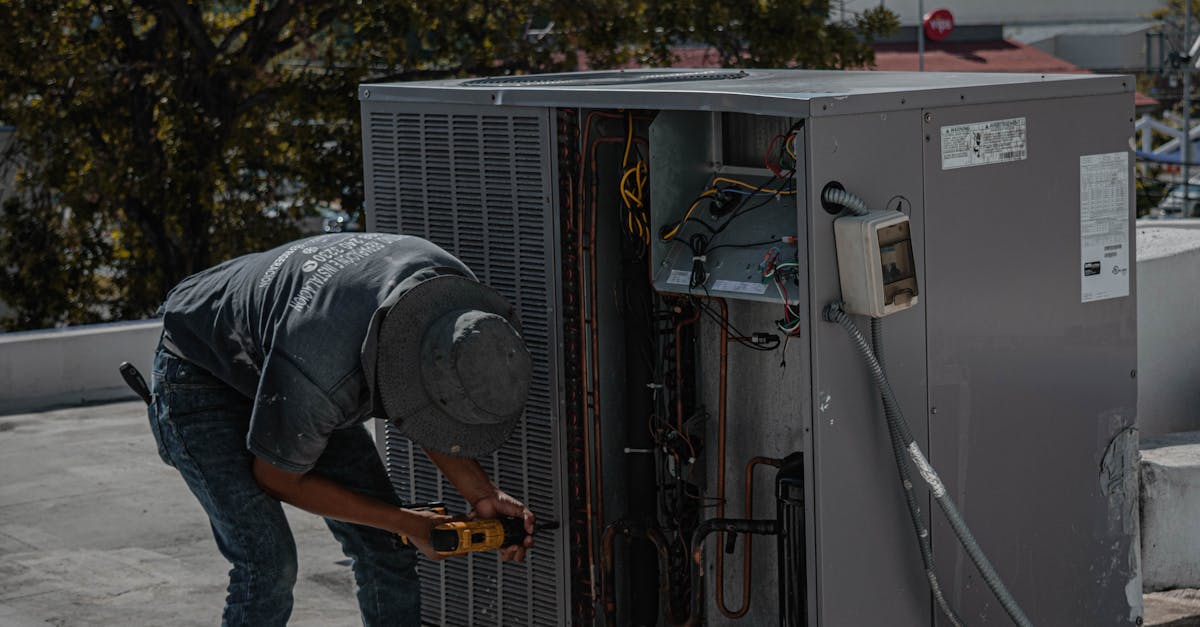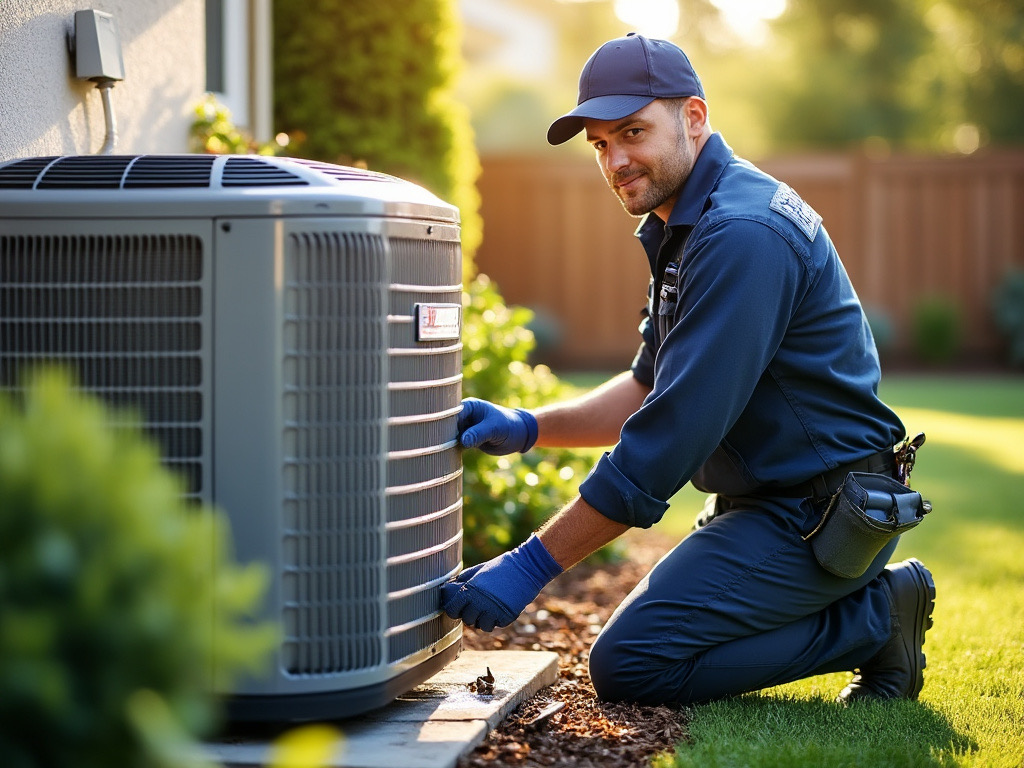
Energy Efficiency and Repair Costs
The energy efficiency of an air conditioning system plays a significant role in determining repair costs. Newer models often feature advanced technology that enhances performance and reduces energy consumption. These systems are less likely to require frequent repairs, which can make the overall investment worthwhile. When repairs are needed, they may involve specific components designed to optimize efficiency, potentially leading to higher costs due to specialized parts and expertise required for the job.
Older units, on the other hand, generally suffer from wear and tear, leading to more frequent issues that can contribute to escalating repair expenses. As components age, they may become less effective at regulating temperature, causing the system to work harder and ultimately consume more energy. When considering air conditioning system installation and repair, it's essential to account for the long-term cost implications associated with system efficiency and potential repair needs.
Age of the System
The age of an air conditioning system plays a significant role in repair costs. Older systems often require more frequent repairs due to wear and tear on various components. As systems age, parts become harder to find and can be more expensive to replace. Additionally, outdated technology may not operate as efficiently, leading to higher energy bills and increased strain on the unit, making repair needs more common.
When considering air conditioning system installation and repair, newer systems typically come with warranties and improved energy efficiency that can offset maintenance costs. Investing in a modern air conditioning system can save homeowners money in the long run, as they often require fewer repairs and promote better energy usage. Age-related deterioration can result in unexpected expenses, emphasizing the importance of assessing a unit's overall condition to determine the real cost of keeping it operational.
Geographic Variations in Service Pricing
Service pricing for air conditioning repairs can fluctuate significantly depending on geographic location. Areas with a higher cost of living often see increased rates for technicians. This is partially due to the demand for skilled labor in regions where air conditioning is essential to comfort. Consequently, homeowners in urban settings might pay more than those in rural areas simply due to logistical factors and local economic conditions.
Additionally, market competition plays a crucial role in determining repair costs. In cities with multiple HVAC businesses, customers might benefit from lower prices driven by competitive rates. On the other hand, in less populated regions, fewer service providers may result in higher costs for air conditioning system installation and repair. Understanding these variations can help homeowners budget effectively for necessary services and make informed decisions when faced with unexpected repairs.
Cost of Living Differences
The cost of living in a specific region significantly impacts the pricing of services, including Air Conditioning System Installation and Repair. Areas with higher living costs generally witness elevated labor expenses and overhead charges. Technicians in these regions may demand higher wages to offset the increased cost of everyday necessities, leading to more expensive repair bills for consumers.
Moreover, parts and materials prices can vary by geography. In regions where suppliers have limited availability or where shipping costs are higher, the cost of essential components for air conditioning repairs can increase. This variation affects not only the final price tag for repairs but also the overall market dynamics within different locales, making it essential for consumers to understand their local context when facing air conditioning issues.
Warranty Coverage and Its Influence on Expenses
Warranty coverage can significantly impact the expenses associated with air conditioning system installation and repair. When a unit is under warranty, certain repairs or parts replacements may be covered without any cost to the homeowner. This can lead to substantial savings, especially if a major component fails shortly after installation. Understanding the terms of the warranty is crucial, as some warranties only cover specific parts or types of damage, while others might include labor costs as well.
Different types of warranties come into play when assessing potential repair costs. A limited warranty often covers only parts, leaving homeowners responsible for labor fees. Conversely, a comprehensive warranty can provide peace of mind by mitigating many unexpected expenses. When investing in an air conditioning system, it's wise to consider the warranty options available and how they might influence future repair costs.
Types of Warranties
Warranties play a crucial role in determining the overall cost of repair services for air conditioning systems. Many manufacturers offer standard warranties that cover parts for a specific period after installation. These warranties typically last anywhere from five to ten years, depending on the brand and model. When repairs fall within the warranty period, homeowners may only need to cover labor costs, which can significantly reduce the financial burden.
Extended warranties provide an additional layer of protection, often covering more than just the parts. They may include labor costs and any unforeseen repairs that arise after the initial warranty expires. Investing in an extended warranty can save homeowners from expensive repairs, especially for air conditioning system installation and repair. However, it is essential to read the fine print to understand what is and isn't covered before purchasing an extended plan.
FAQS
Why are AC repair costs often so high?
AC repair costs can be high due to several factors, including the complexity of the system, the age of the unit, the availability of parts, and labor costs in your geographical area.
How does the age of my AC system affect repair costs?
Older AC systems may require more frequent repairs and may also need specialized parts that can be harder to find, leading to higher costs. Additionally, older units may be less energy efficient, which can add to overall expenses.
Why do repair costs vary by geographic location?
Repair costs can vary significantly based on regional differences in the cost of living, labor rates, and local demand for HVAC services. Urban areas typically have higher costs compared to rural areas.
What role does warranty coverage play in AC repair expenses?
Warranty coverage can significantly reduce repair costs. If your AC system is still under warranty, many parts and labor costs may be covered, depending on the warranty terms.
Are there different types of warranties that affect repair costs?
Yes, there are different types of warranties, including manufacturer warranties, extended warranties, and service contracts. Each type has its own terms and may cover different aspects of repair expenses.
